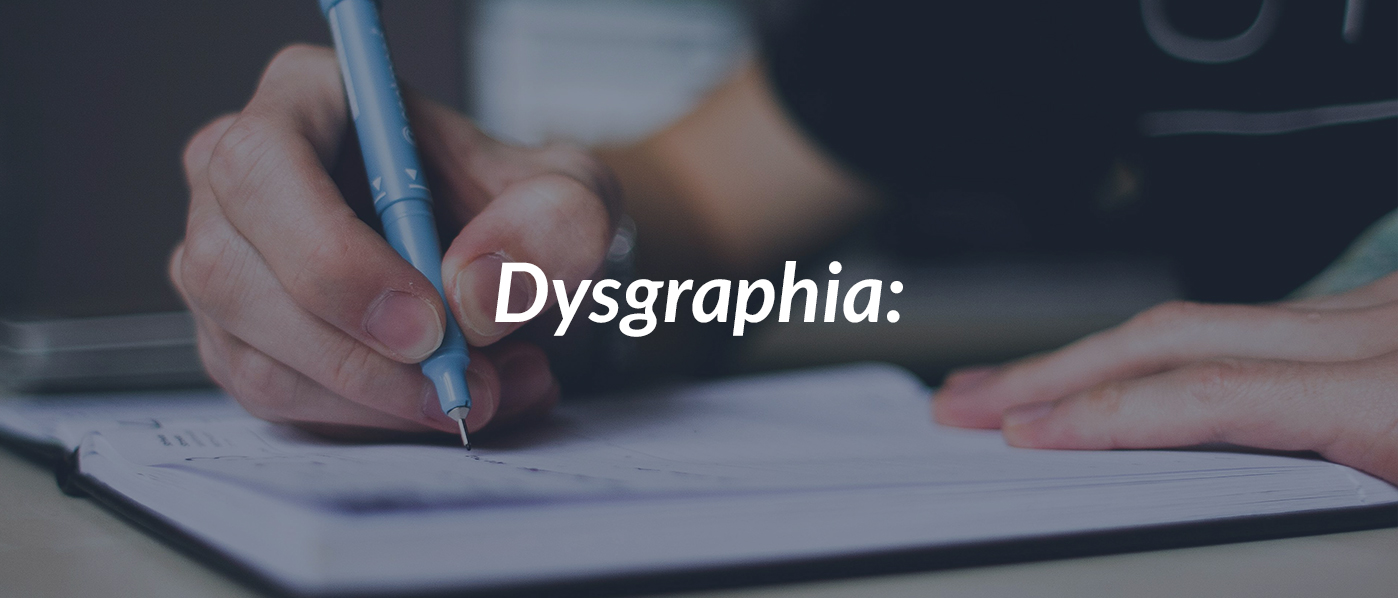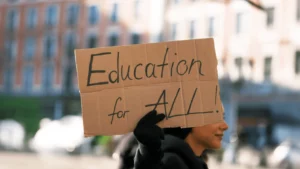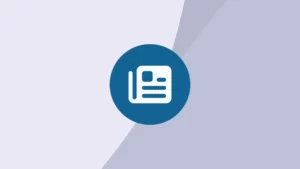A neurological condition and learning difference in which someone has difficulty with writing for their age level. This can range from issues with the physical act of writing to issues with translating thoughts into written words. — Cleveland Clinic Health Library
What can it look like in the classroom?
- Difficulty with letter formation: Students may struggle to form letters consistently or legibly.
- Poor spelling: Even if the student understands the word they want to write, they may struggle with spelling it.
- Slow writing speed: Writing tasks can take significantly longer than grade-level expectations.
How can you support students with dysgraphia?
There are many ways to support students with dysgraphia. Here are just a few research-based approaches that you can consider:
Multisensory Instruction to address letter formation challenges:
- Incorporate activities that engage multiple senses (e.g., tracing letters in sand, using tactile materials like clay or sandpaper letters) to help students build muscle memory for letter formation.
Phonics-Based Instruction to address poor spelling:
- Use systematic phonics programs that break down the sounds of language and teach spelling patterns explicitly to help students connect sounds to letter combinations.
Graphic Organizers and Templates to addressing slow writing speed:
- Providing graphic organizers or pre-written sentence starters can help students organize their thoughts before writing, making the task less overwhelming and time-consuming.
How can Goalbook Toolkit help?
Your Goalbook Toolkit account offers you resources to support developing high quality IEPs and specialized instruction for students with dysgraphia:
- This goal helps students Legibly Form Uppercase Letters using scaffolded supports.
- This goal helps students build the skill of using strategies to spell words.
- These letter formation baseline assessments will help you determine present levels on early writing and letter formation.







